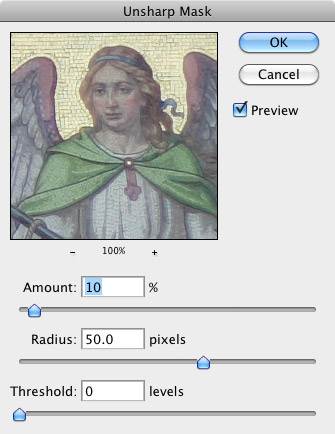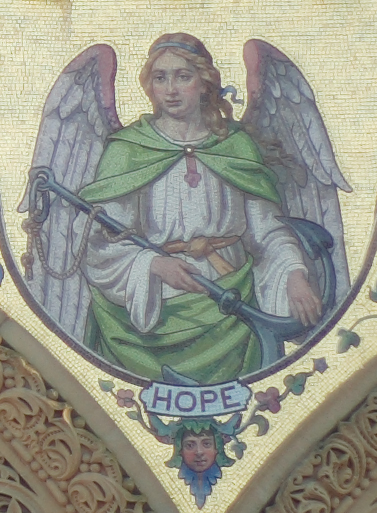EXCERPT page containing first few paragraphs. 2024-04-19 02:34:56
UA_SEARCH_BOT_compatible_botmozilla/5.0 applewebkit/537.36 (khtml, like gecko; compatible; claudebot/1.0; +claudebot@anthropic.com) @ 18.224.33.107
For full access, subscribe here. Or click title to login. ![]()

Local Contrast Enhancement for Perceived Sharpness
One of the simplest and most effective tools for making a low contrast image into one with more impact is to increase local contrast. That presumes you have already made appropriate black-point and white-point adjustments.
Using a wide-radius for sharpening, some images will come alive with more depth and “punch”.
A amount of 10% is a good starting point; adjust to taste. In general, an amount of 5-10% adds some appeal while remaining reasonably subtle. Amount greater than 10% can be appropriate for very low contrast images, but a black-point and white-point adjustments might be more appropriate for starters.
Sharpening fine detail
Article continues for subscribers...
Diglloyd Making Sharp Images is by yearly subscription. Subscribe now for about 13 cents a day ($50/year).
BEST DEAL: get full access to ALL 8 PUBLICATIONS for only about 75 cents a day!
Diglloyd Making Sharp Images articulates years of best practices and how-to, painstakingly learned over a decade of camera and lens evaluation.
Save yourself those years of trial and error by jump-starting your photographic technical execution when making the image. The best lens or camera is handicapped if the photographer fails to master perfect shot discipline. High-resolution digital cameras are unforgiving of errors, at least if one wants the best possible results.
- Eases into photographic challenges with an introductory section.
- Covers aspects of digital sensor technology that relate to getting the best image quality.
- Technique section discusses every aspect of making a sharp image handheld or on a tripod.
- Depth of field and how to bypass depth of field limitations via focus stacking.
- Optical aberrations: what they are, what they look like, and what to do about them.
- MTF, field curvature, focus shift: insight into the limitations of lab tests and why imaging performance is far more complex than it appears.
- Optical aberrations: what they are, what they look like, and what to do about them.
- How to test a lens for a “bad sample”.
Intrigued? See Focusing Zeiss DSLR Lenses For Peak Performance, PART ONE: The Challenges, or (one topic of many) field curvature.


